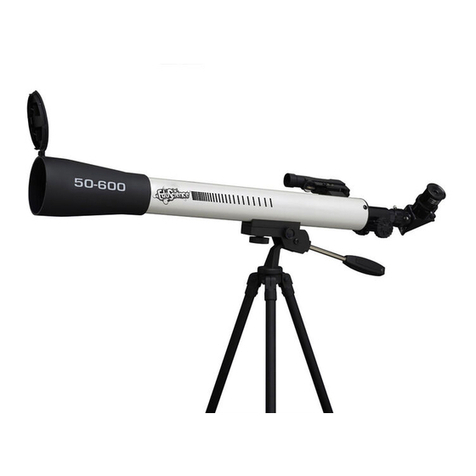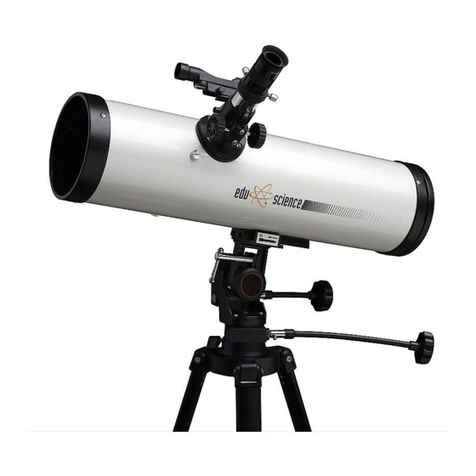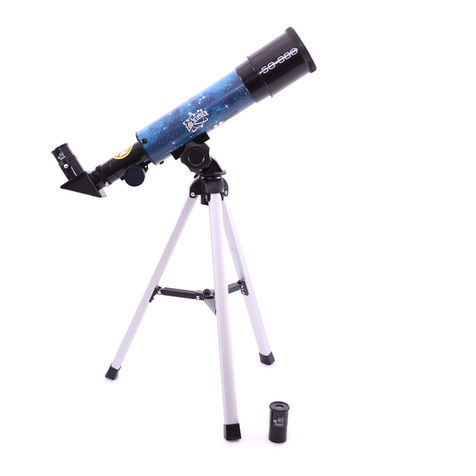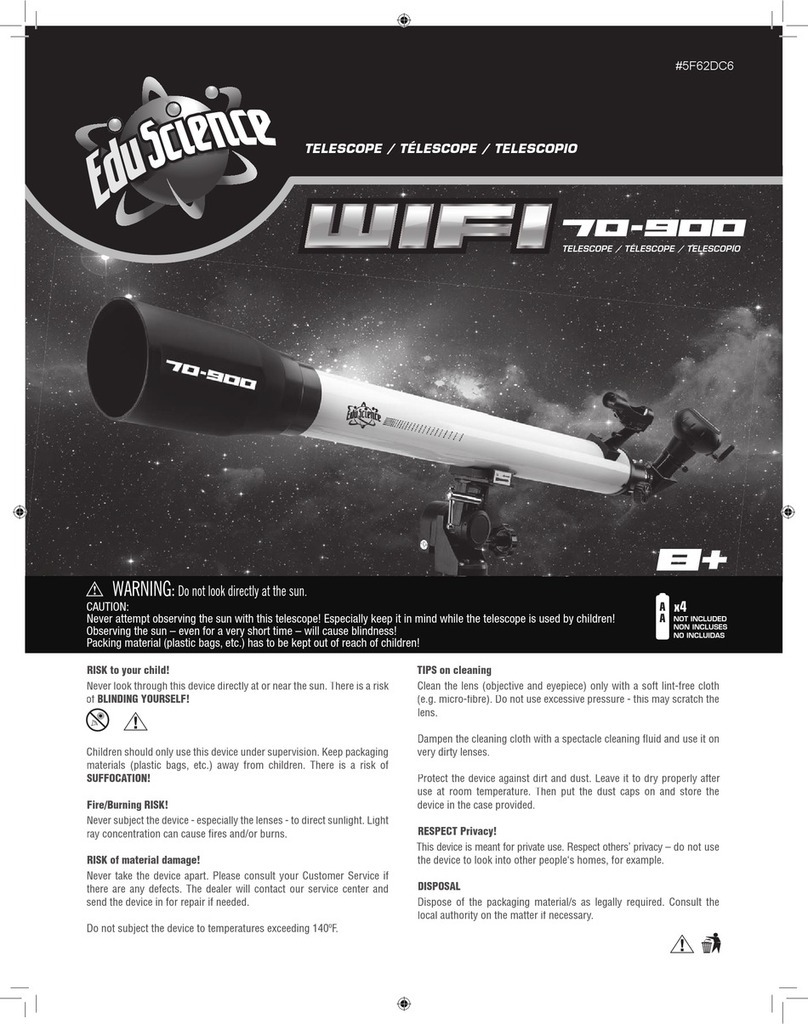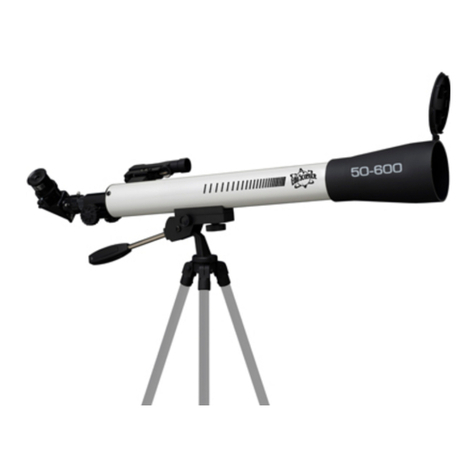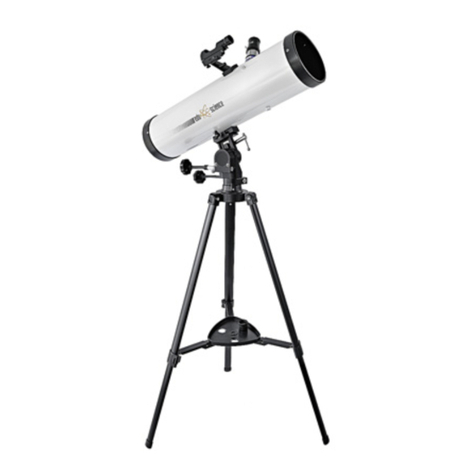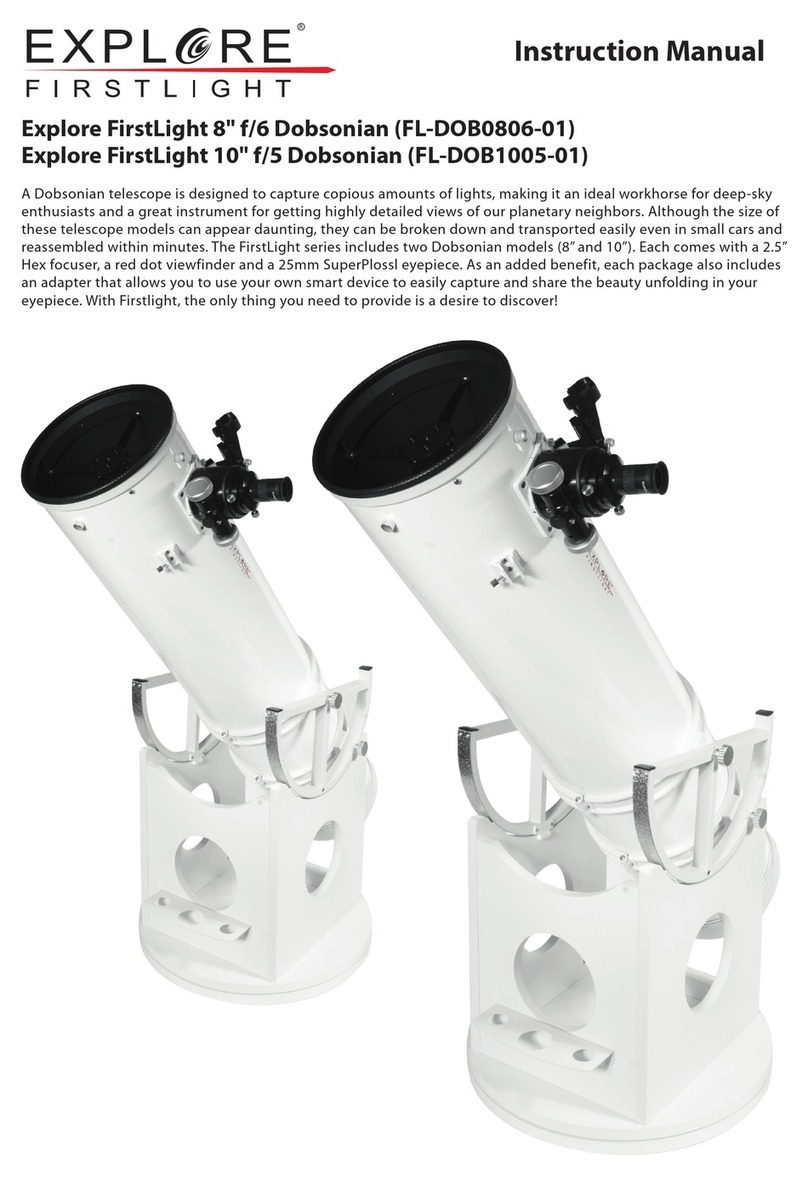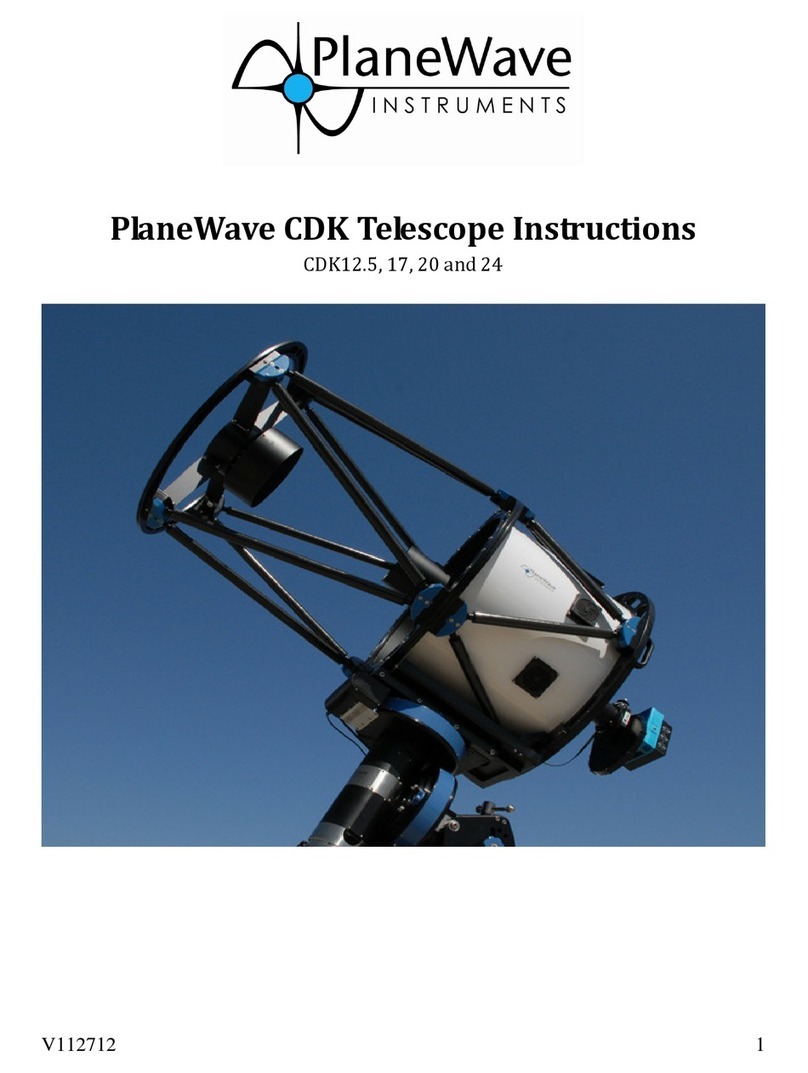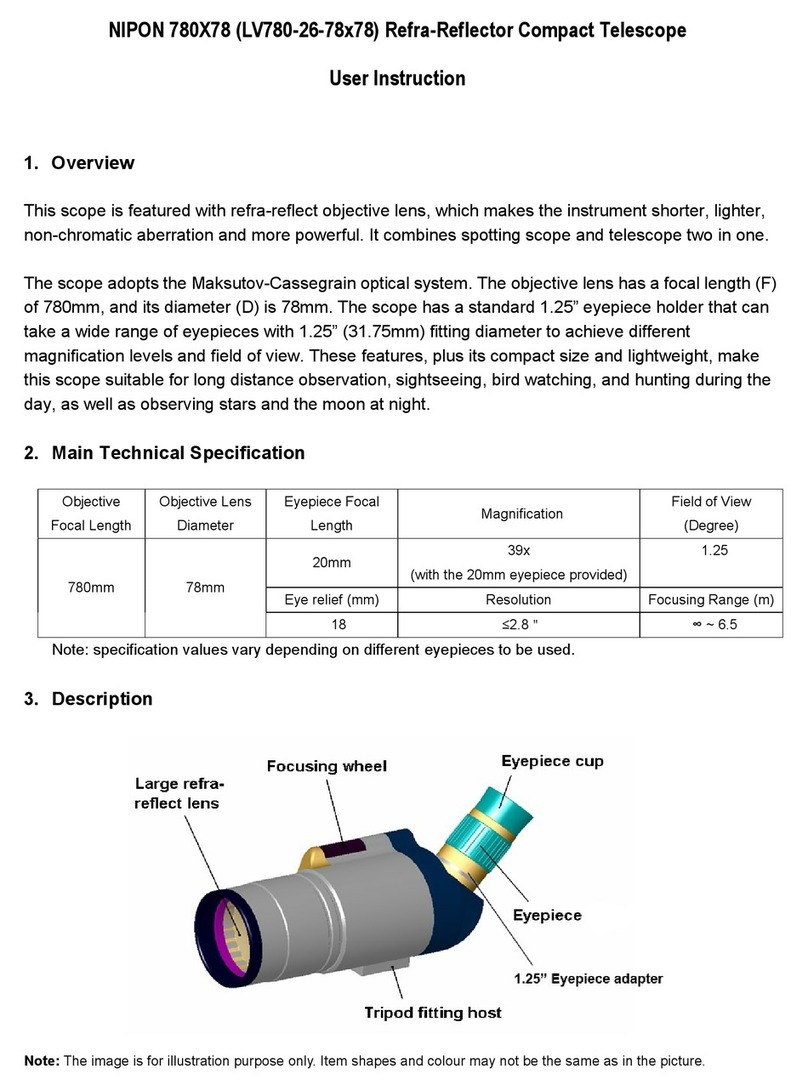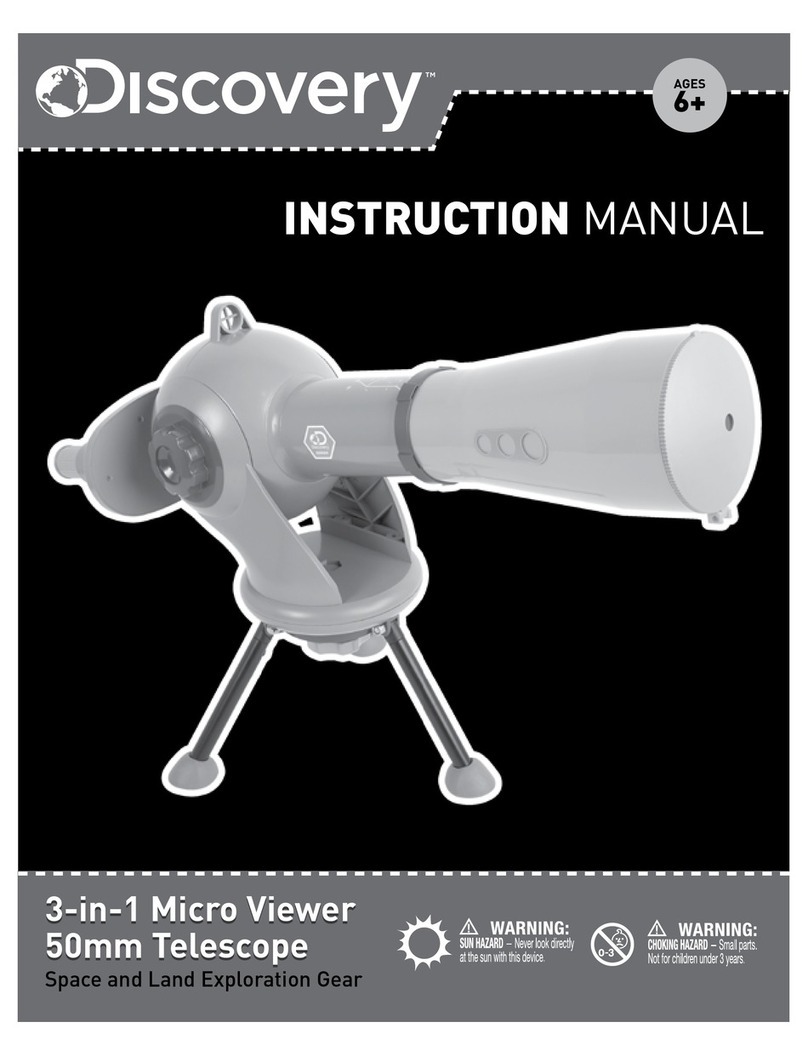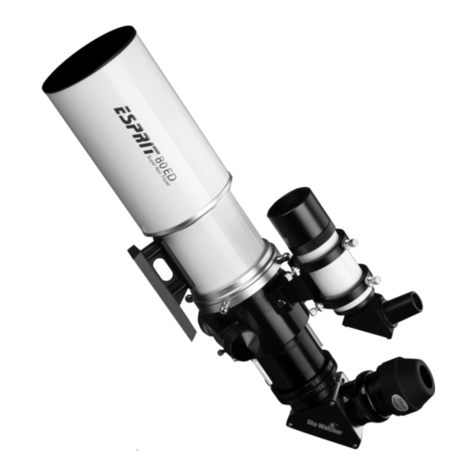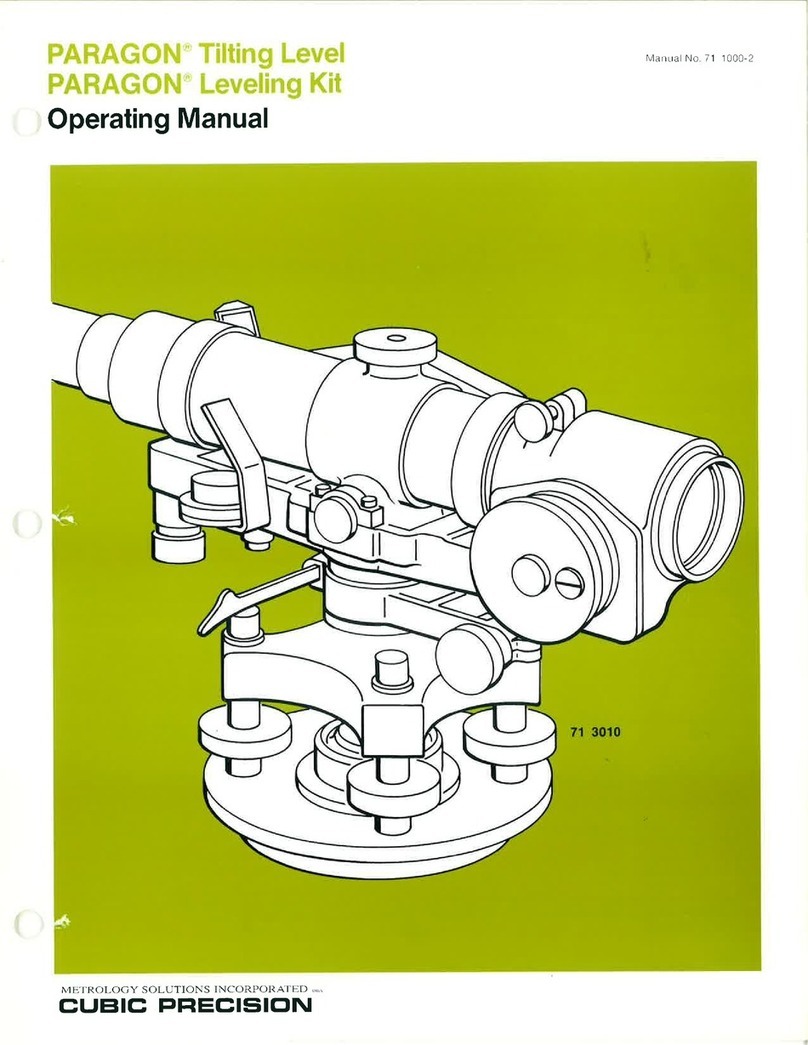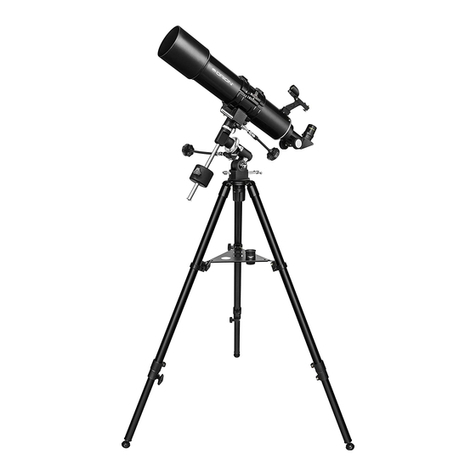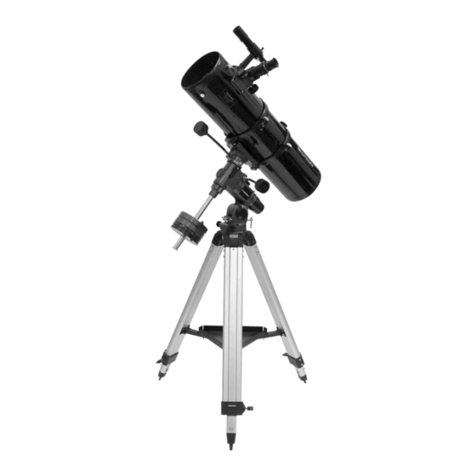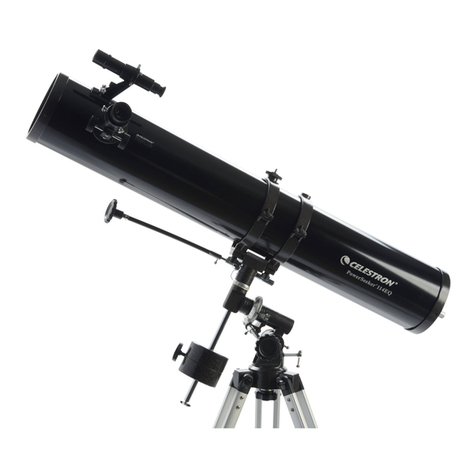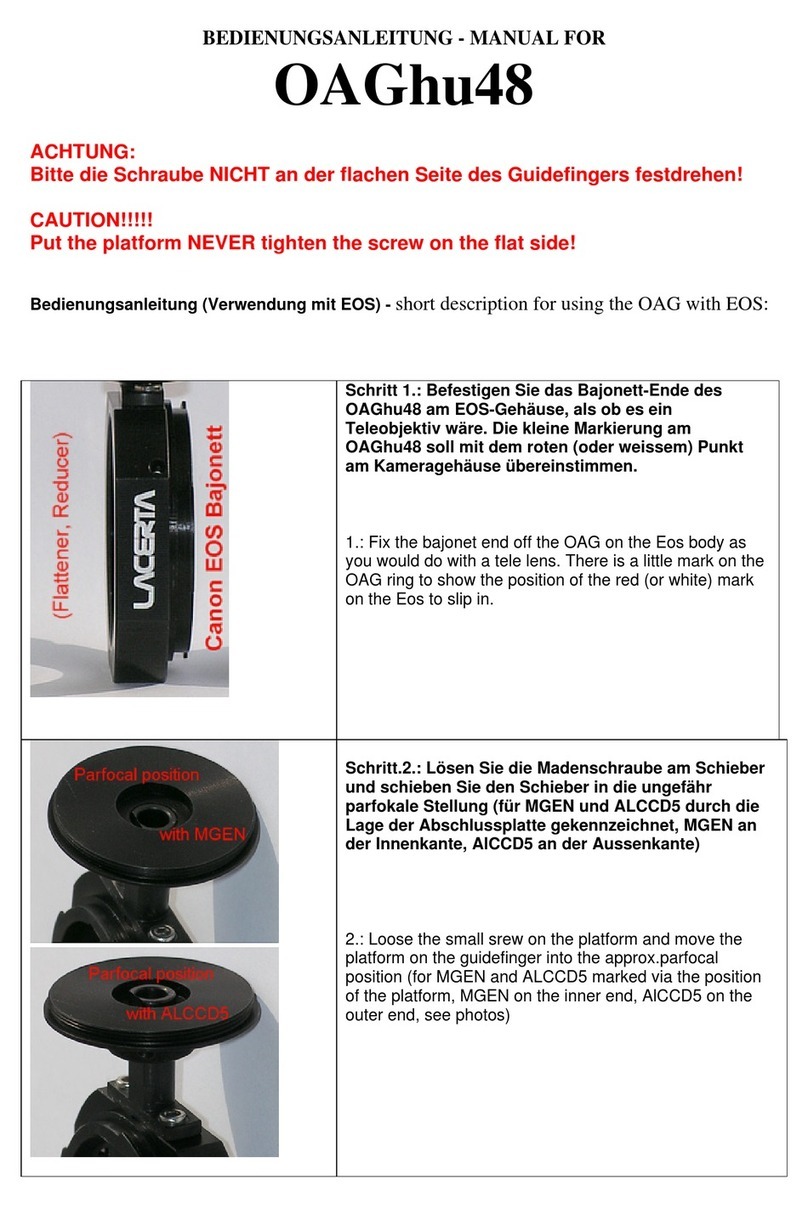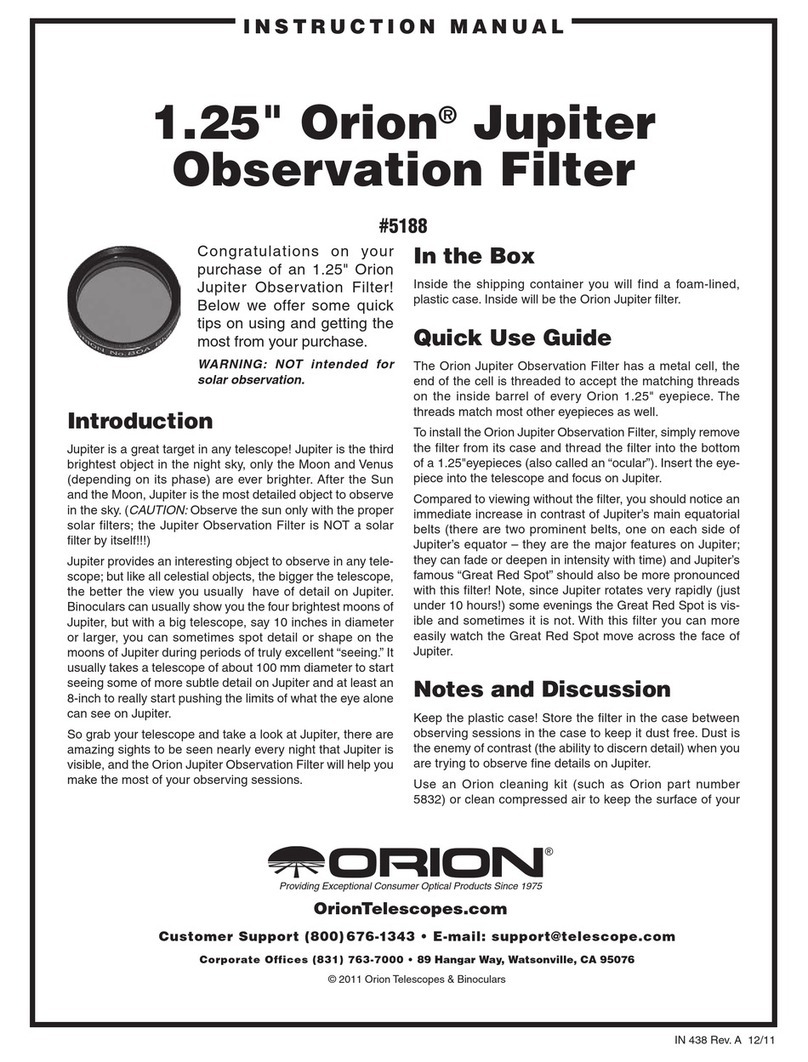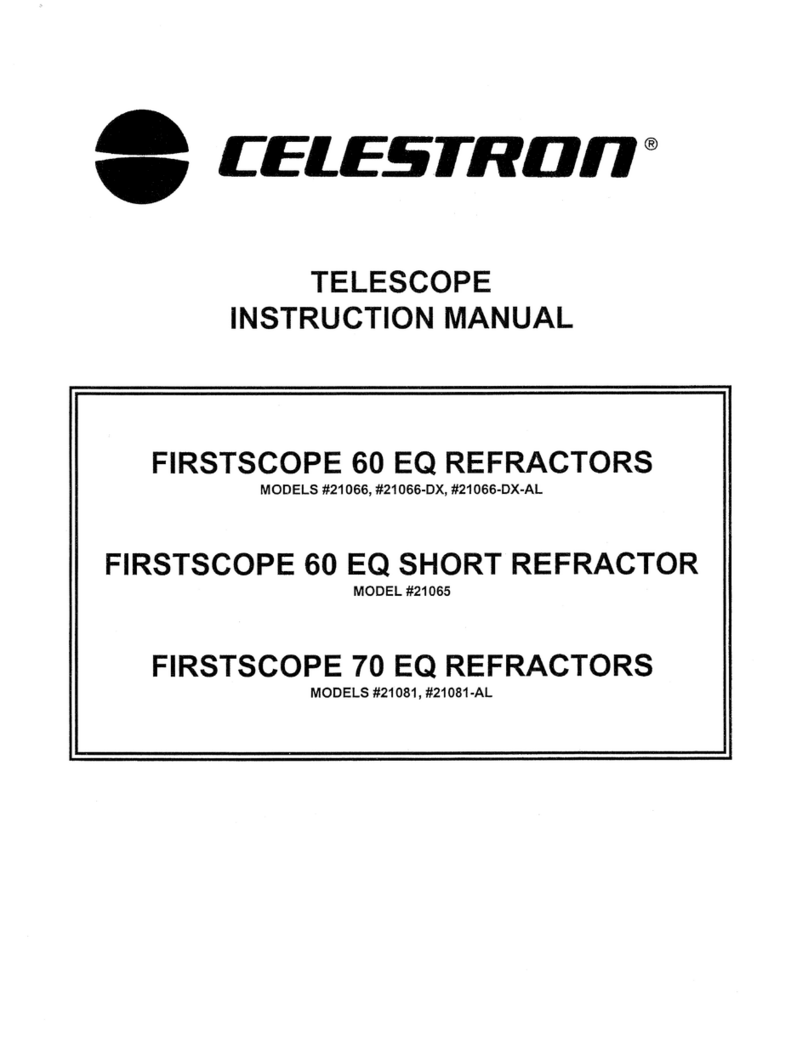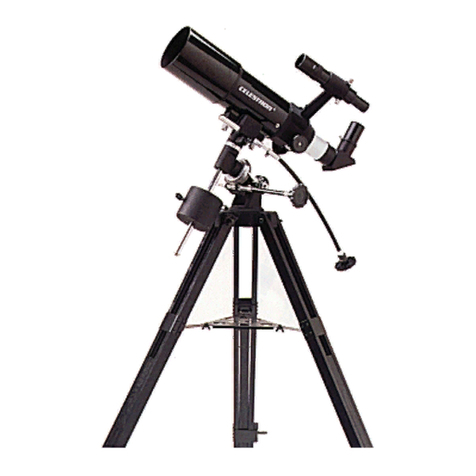
42
#5F5F60C
Contents and colors may vary.
Le contenu et les couleurs peuvent varier.
El contenido y los colores pueden variar.
Contenuti e colori possono variare.
Inhalte und Farben können variieren.
Zawartosc i kolory moga sie róznic.
Conteúdo e cores podem variar.
Inhoud en kleuren kunnen variëren.
Do not mix old and new batteries. Do not mix
alkaline, standard (carbon-zinc), or
rechargeable batteries.
Ne mélangez pas les piles neuves et usées. Ne
pas mélanger des piles alcalines, standard (au
carbone-zinc) piles ou rechargeables.
No mezcle pilas nuevas con pilas usadas. No
mezcle pilas alcalinas, estándar (carbone-zinc)
ni recargables.
Non mischiare batterie vecchie e nuove. Non
mischiare batterie alcaline, standard
(carbonio-zinco), o ricaricabili.
Verwenden Sie nicht gleichzeitig alte und neue
Batterien. Mischen Sie keine alkalischen,
Standard- (Carbonzink) oder Akkus.
Nie mieszaj starych i nowych baterii. Nie nalezy
mieszac baterii alkalicznych, standardowych
(cynkowo-weglowych) lub akumulatorków.
Não misture pilhas velhas e novas. Não misture
pilhas alcalinas, padrão (carbono-zinco), ou
pilhas recarregáveis.
Gebruik geen oude en nieuwe batterijen door
elkaar. Gebruik geen alkaline, standaard
(koolstof-zink), of oplaadbare batterijen.
Part of the “R”US Family of Brands.
Fait partie de la famille des marques “R”US.
Forma parte de la marce de familia “R”US.
Parte della “R”US Famiglia di Marchi.
Ein Teil der “R” US Familie von Marken.
Czesc“R” US rodzinie marek.
Parte da família “R” US de Marcas.
Een deel van de “R” US Familie van merken.
EDU SCIENCE IS A MARK OF (EST UNE MARQUE DE/ES UNA
MARCA DE) GEOFFREY, LLC, A SUBSIDIARY OF (UNE FILIALE
DE/UNA SUBSIDIARIA DE) TOYS“R”US, INC.
© 2015 GEOFFREY, LLC
MADE IN CHINA (FABRIQUÉ EN CHINE/FABRICADO EN CHINA)
DISTRIBUTED IN THE UNITED STATES BY (DISTRIBUÉ AUX
ÉTATS-UNIS PAR/DISTRIBUIDO EN LOS ESTADOS UNIDOS
POR) TOYS“R”US, INC., WAYNE, NJ 07470
IMPORTED BY (IMPORTÉ PAR/IMPORTADO POR)
TOYS“R”US (CANADA) LTD. (LTÉE),
2777 LANGSTAFF ROAD, CONCORD, ON L4K 4M5
DISTRIBUTED IN AUSTRALIA BY (DISTRIBUÉ EN AUSTRALIE
PAR/DISTRIBUIDO EN AUSTRALIA POR) TOYS“R”US
(AUSTRALIA (AUSTRALIE)) PTY LTD.(LTÉE), REGENTS PARK
NSW 2143
www.toysrus.com www.toysrus.ca






